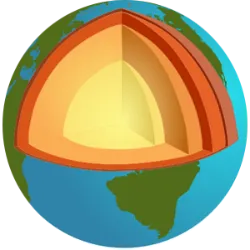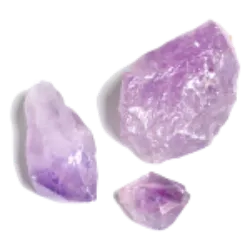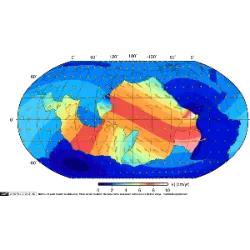The Structure of the Earth

The Earth is composed of several layers that differ in composition, temperature, and physical properties. At the core, located at the center of the planet, there are two parts: the inner core, solid and primarily made of iron and nickel, and the outer core, liquid, responsible for generating Earth’s magnetic field. Above the core lies the mantle, a thick layer of hot and semi-solid rocks that move slowly, causing phenomena such as volcanoes and earthquakes. The outermost part is the crust, thin and rigid, where we live; it is divided into the continental crust, thicker and composed of granite, and the oceanic crust, thinner and made of basalt. Between the crust and the mantle is the asthenosphere, a partially melted region that allows tectonic plates to move. These layers constantly interact, shaping the planet’s surface, forming mountains, valleys, volcanoes, and oceans. Studying Earth’s structure is essential to understanding natural phenomena, exploring mineral resources, and assessing geological risks. In this way, the planet reveals a continuous internal dynamic that sustains life and transforms the landscape over time.
Did you know??

















